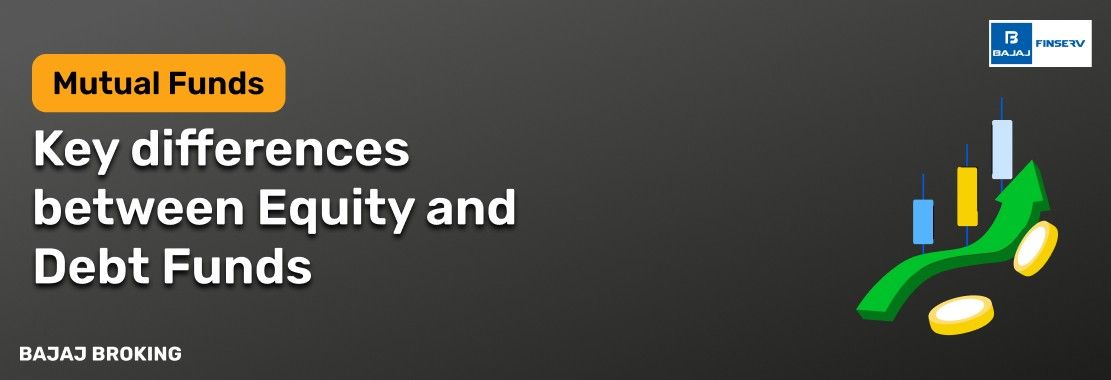Things you possess slowly lose their sheen. Not simply in the literal sense; its worth goes down over time. This is especially true for organisations that use equipment, tools, buildings, and other fixed assets every day. Now think about having to keep track of that slow loss in value every year, not in a random way, but in a clear and repeatable way. The Straight Line Method, or SLM, comes in handy here.
It's one of the easiest methods to figure out how much something has lost value. This technique writes off the same amount of value every year for the entire useful life of the asset. A lot of firms like it since it's clean, consistent, and easy to use, especially as the asset wears down over time.
How Does the Straight Line Method (SLM) Work?
Let's talk about it in real life. When a business buys anything, like a delivery vehicle, it pays a particular amount up front. But the van won't endure forever. For example, it may work well for eight years. After that, it would not be worth much to sell or shred.
The corporation now uses the straight-line technique to evenly divide the difference between the purchase of the van and its eventual estimated worth over the course of eight years. That yearly amount is the value that goes down. The corporation writes down the van's value by that certain amount every year.
This method requires that the item be used in a steady and consistent fashion. It doesn't take into consideration any sudden increases in use or wear and tear. But for a lot of things, like buildings, office equipment, or regular cars, it delivers a good image.
Example of Straight Line Method
For example, a business buys a desktop computer for ₹3,00,000. The computer should last for five years. The business thinks it can sell the PC for ₹50,000 after those five years. This is the leftover value, which is ₹50,000.
Here's how the straight-line approach works now:
First, take the purchase price and deduct the residual value. So ₹3,00,000 minus ₹50,000 is ₹2,50,000.
Then, divide ₹2,50,000 by five, which is the number of usable years.
You now make ₹50,000 a year. The PC will lose this much value per year. So every year, the corporation would write off ₹50,000 from the asset's value in its books.
The records will show that the asset is worth ₹50,000 by the end of year five, just as planned.
There are no abrupt shocks or changes that are hard to forecast; thus, it is a straightforward and organised approach to show how the asset ages.
Why is the Straight-Line Method Important?
Why do corporations and accountants even bother with depreciation? Also, why employ the straight-line approach when there are alternative ways to do it?
The quick answer is that it is clear. It doesn't make sense to charge the whole price for one year when a business buys a long-term asset. That would make the profit seem considerably smaller in the year of purchase and overly large in the years after that. Depreciation divides the expense in a fair and reasonable way.
The straight-line technique is especially significant because it:
It makes yearly costs consistent, which helps with long-term planning.
Keeps financial reports easy to read and comprehend, especially for investors and auditors.
The Companies Act, 2013, and Indian accounting rules say that enterprises must adopt conventional accounting procedures.
Basically, SLM makes sure that asset costs are managed in a fair way over time.
Straight Line Method vs. Other Depreciation Methods
The straight-line approach is a common way to depreciate assets, but it's not the only one. Based on how their assets lose value, several firms utilise alternative ways.
For example, the diminishing balance approach. In the beginning, it costs more for depreciation, but later on, it charges less. This is helpful for things like cellphones or software tools that lose value fast initially.
The Units of Production Method is another way to figure out depreciation based on how much something is used. For instance, the value of a printing machine may go down depending on how many pages it prints each year.
The straight-line technique, on the other hand, is flat. It doesn't depend on how often the asset is utilised or how quickly it wears out. It's excellent for things like buildings or storage cabinets that are useful at the same level every year.
There is a reason for every technique. The straight-line technique simply selects stability over accuracy.
How Indian Investors Can Use the Straight-Line Method
If you invest in Indian firms, you may not directly calculate depreciation, but you will see it. When you read yearly reports or financial figures, especially.
Knowing how to use the straight-line approach might help you better understand how profitable a business is. If you find that the value of the firm goes down every year, it's likely that they are utilising SLM. That implies you should anticipate fixed assets to have a predictable influence on their net profit.
Also, when you want to compare two organisations in the same field, it's helpful to know what approach they utilise. If one company utilises SLM and the other employs a decreasing balance technique, their earnings may seem different, even if they do the same things.
As an investor, SLM may seem like a small issue that happens behind the scenes, but it has a big effect on the financial picture you see.
Additional Read: What is Amortisation?
Limitations of the Straight Line Method
The straight-line approach is clear and easy to use, but it also has its problems.
First, it implies that the asset wears out uniformly every year. But that's not always the case. A new machine could lose value faster in the first few years because it gets a lot of use or because new models come out.
Second, it doesn't take into account how much it is actually used. SLM will lower the value of both an asset that operates all day and one that is utilised once a week. That might make the real cost of using that asset look different.
Lastly, the straight-line technique can make the balance sheet appear better than it actually is in businesses where assets lose value quickly or become obsolete because of rapid changes in technology. This is something that investors should keep in mind, especially when looking at IT or manufacturing businesses.
In short, SLM works well for a lot of common situations, but not all of them.
Conclusion
The straight-line approach is simple in every way. You take the cost of the item, take away the estimated ultimate value, and then divide that by the number of years it will be useful. That's all. There are no bends or circumstances; only a straight line over the asset's life.
And yet, this basic strategy has a big effect on how much money a corporation makes, how it plans its finances, and how we, as investors or analysts, assess how healthy an organisation's finances are.
You may not use the formula every day, but knowing how it works may help you understand yearly reports and judge how well a firm is doing. Sometimes, knowing how the numbers change from year to year is all you need to know.





